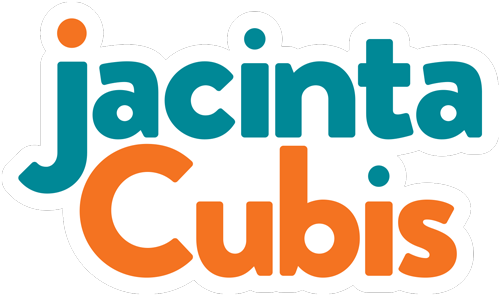Observe to Serve
How many meetings have you attended this year?
To plan stuff, to devise strategies, to build team cohesion, to engage with your stakeholders or community.
Now ask yourself how many were facilitated by someone who could read the room.
How do you know if someone can read a room? I reckon morning tea is a good test. If it was the highlight of the session then they probably couldn’t read the room.
No matter how big or small, if whoever is facilitating can’t read the room, they can’t serve the group.
Some signs that a facilitator can’t read the room are when:
📋 They are so focused on outcomes that it’s impossible for them to deviate from their workshop plan. No flexibility.
📋 They facilitate the conversation they planned with a client or manager, not the one that might actually be needed or arise. Unresponsive.
The effect on participants is palpable.
We feel ignored and very few engage. We don’t feel safe to say what’s on our minds. When asked by a facilitator to discuss things in small groups, we’ll probably talk about anything but the topic. We are just going through the motions and watching the clock.
The only thing that is getting served in this room is morning tea. The conversation is completely unproductive and no outcomes are achieved.
A waste of everyone’s time, energy and effort.
It’s not enough to just ‘look’ when facilitating. We have to train our eyes to see, notice and observe.
If you facilitate – every day or every so often – you have to be able to read the room.
Reading the room is an odd turn of phrase. People are anything but open books. Through our eyes, however, we can begin to sense the emotions of people gathered for a conversation, a meeting or a workshop.
It’s hard – why bother? Because it builds trust between you – the facilitator - and participants. They feel heard and understood, and are more likely to contribute, share and engage. Conversations are more productive and outcomes are achieved.
It looks like this:
Where would the facilitators in your organisation sit?
What proportion of facilitators in your organisation misread the room - regularly?
What's the impact on participants? The conversation?
And how can taking photos possibly help?
If you’d like to find out more, grab a copy of my Insights Paper, Read the room like a street photographer.
Drop me a line if you’d like a copy. The first person to ask for one wins a free Read the Room Lunch and Learn session from me for their organisation 🌝!

